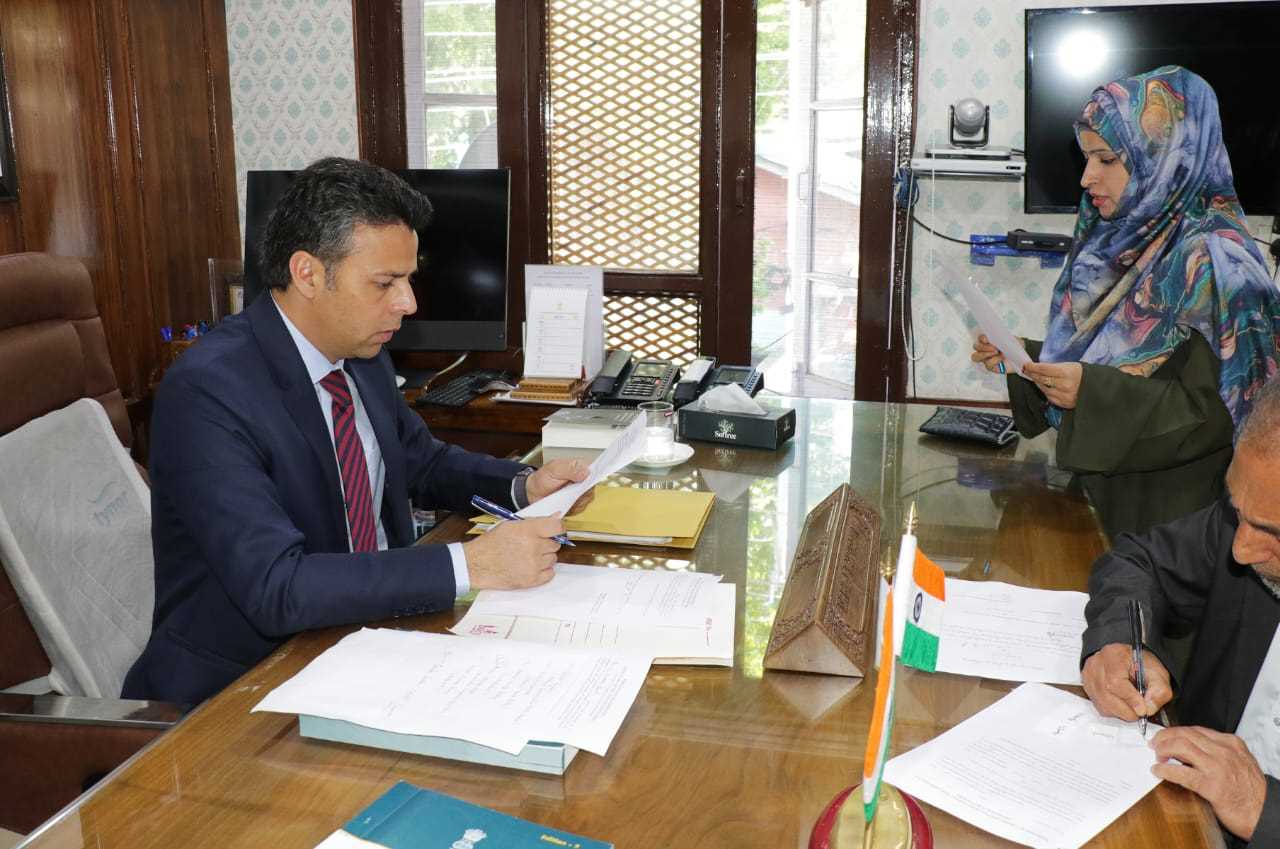Weather is state of atmosphere at any instant. It could be sunny, cloudy, rainy, windy etc. The scientists who study weather are called meteorologists. They keep on giving us weather updates, which help us in managing over day to day affairs accordingly.
Climate is average weather conditions of a place over long periods of time. It is determined by temperature and other meteorological conditions such as precipitation, winds, galaciation and frequency of the extremes events such as typhoons and hurricanes. Average temperature is the most important parameter of climate, as it determines the other meteorological parameters. The other parameters of climate are dependent on it. The scientists who study climate are called climatologists. They study the fossils to predict the average temperature of the earth in the geological past.
Earth's atmosphere consists of different types of gases. The major gaeses are Nitogen, oxygen, carbon-dioxide, Argon, water vapours, methane, etc. There are some gases in the atmposphere which helps in trapping the long-wave radiations(heat radiations) from escaping the surface of the earth. Such gaeses are called green-house gaeses(GHG). The major green house gases are carbon-dioxide, metthane, nitrous oxide, Ozone, water-vapour, sulphur hexafluoride etc. These gases are naturally present in the atmosphere and are essential for the life on earth to sustain. The earth's average temperature without these gases would be too low for the species to survive. Thanks to these GHG that the average temperature of the earth is around 15 °C, which is enough for the species to thrive on the earth.
Man has started dumping excessive amount of GHG into the atmosphere which results into trapping of additional heat radiations, resulting in increase in the average temperature of the earth. This increase in average temperature of the earth is called global warming. Global warming is a precursor for the climate change. As average temperature increases, the precipitation also increases. The water body have excess heat available to convert water into the vapour form, a process called evaporation. Temperature also helps in the formation of winds. The high temperature would mean more windy atmosphere. As winds help to redistribute the heat over the whole earth. Due to increase in temperature the extreme events like storms and cyclones become frequent. As high sea temperature is a must for their formation.
Climate change is the long term significant alterations in the average weather conditions of an area. The change in average temperature would automatically lead to change in precipitation, wind patterns, frequency of extreme events like cyclones typhoons etc. That is the reason that global warming is many times used interchangeably with climate change. Though both are different. Global warming leads to climate change.
The alterations in the average temperature, precipitation, wind patterns etc together constitute climate change. Since these changes are happening world over, hence the name global climate change. In 1991, the eruption of Mt. Pintabu took place, which sent large amount of sulphate particles and dust into the atmosphere. These particles which remained suspended in air for longer periods of time and having size in micro-metres are called aerosols. They mostly reflect the incoming radiation back to the space, resulting in reduction in the average temperature. This phenomenon is called global cooling. Both global warming and global cooling are alterations from the normal average temperature of the earth. Hence both would be called climate change. Earth has experienced both the prolonged periods of global warming and global cooling. These alternating cycles of freezing and thawing are known as glacial and inter-glacial periods. The large inter-glacial periods have been an important factor in man becoming a food producer from the food gatherer.
Climatologists have used many clues to gather past global temperatures including the historical documents, tree rings, change in ice volume and sea level, fossil analysis etc. One of the approaches to do so is by the analysis of the concentration of various stable isotopes of hydrogen and oxygen as found in ice cores and sea floor sediments.
The ice cores and sea-floor sediments have been used to estimate the temperature of the earth's surface over many hundreds of thousands years indirectly. From mid-nineteenth century, the records of actual temperature measurements have been made. As per these data, the temperature is showing an increasing trend. Eleven of the years between 1995 and 2006 rank among the 12 warmest years in the instrumental record of global surface temperature (IPCC,2007). It is believed that we are in the midst of the inter-glacial period which has begun some 12,000 years ago. The current average temperature is probably the highest in this inter-glacial period. Overall temperature has been showing an increasing trend, though between 1940 to 1980, it showed decline in temperature. The cooling is attributed to particulates, especially sulfates released into the atmosphere by burning of fossil fuels, when emission controls were not in widespread use. Those aerosols reflected a portion of sunlight back to space resulting in masking the ongoing global warming.
When emission control measures were taken, global warming re-emerged and post-1980 temperature increase have averaged about 0.28°C per decade. The recent cool spell (1992-1994) is attributed to the eruption of Mt Pinatubo, which sent lot of sulfate aerosols into the atmosphere which reflected some part of the radiation back to the space.
The profile of the temperature over the past 1000 years has picked up the name of hockey stick. The hockey stick has been a source of controversy, with some arguing that the current temperature and the rate of change of temperature might not be without precedent in the past 1000 years. Therefore the warming we are observing now may be a natural phenomenon. The data which was used to plot the temperature over the past 1000 years has enough uncertainty to keep the controversy alive. The national Research council has concluded that there is high level of confidence that the global mean temperature during the past few decades is higher than at any time over the preceding four centuries, beyond that there is less confidence.
Climate change is happening right now, as suggested by the instrumental data of last four centuries with certainty. So without messing up any further with nature. The steps must be taken to reverse the increase in average temperature of the earth. Hence preventing the climate change which would have serious consequences on the mankind.
Email:----bhat.manzoor2008@gmail.com







